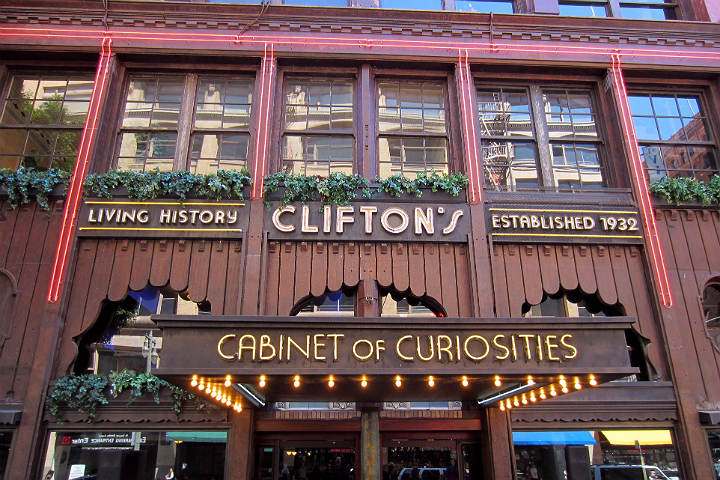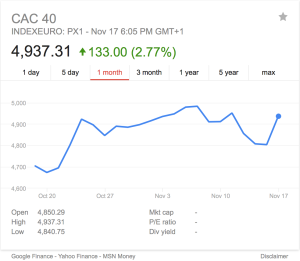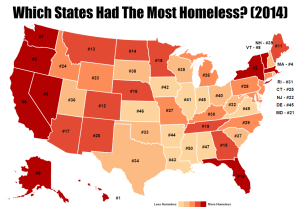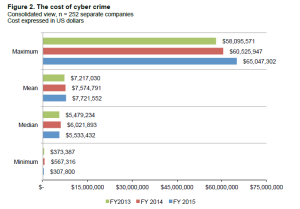To perform well, many college students work from morning till evening and even during the night. Many become sleep deprived. And what happens when a hard-working student is sleep deprived for a long time? He or she starts losing the ability to learn. In the end the student just works hard but perfoms poorly.
Psychology professor James Maas worked nearly 50 years in the University of Cornell and founded a class that became the most popular course of the school. There he taught the students to sleep.
Over the years, Maas had more than 65,000 students in his sleep class. Many of them were asked to wear sleep-monitoring headbands during the class so that they would see what happens in their sleep-deprived brains.
“Literally nothing,” Maas says in AP’s article published in Herald-Tribune 2012.
”Confronting students with such photos, along with hard data on how sleep undermines academic performance, is the most effective way to change behavior,” Maas continues in the article.
In work places there are no professors or sleep courses to tell the adults that they should take care of their sleep.
Or there wasn’t, until recently.
Earlier, the mentality was that a worker has to do the job well – no matter if he or she should spend the whole night thinking about and preparing for it. But now companies have started to take an interest in workers’ rest, for the same reason as professor Maas did it at Cornell University.
The workers perform better if they sleep well.
Corporations like Google and Goldman Sachs have told that they now provide their workers with sleep consultancy and other help.
In the end, it’s not about the amount of sleep or the quality of work performances, it’s about money.
There are proofs that people who sleep well are more productive.
University of Harvard conducted a study in 2011 and 2012 to find out how insomnia affects work performance and how much sleep deprivation costs to companies and national economics.
How did they do this?
Researchers of Health Care Policy at Harvard Medical School gathered a national sample of 7,428 employed, over 18-year-old health plan subscribers. These people were interviewed over the phone.
They all filled WHO’s ”Health and Work Performance Questionnaire” and ”Brief Insomnia Questionnaire”.
Those who suffered from a broadly defined insomnia – 23 percent of the interviewees – were differentiated of normal sleepers.
Then associations between insomnia and health and work performance scores were compared.
Result: Insomnia did not cause absence at work but it was significantly associated with lost work performance when present at work.
The researchers counted the amount of lost work performance at individual level in one year time. They estimated that insomniacs lose 7,8 work days because of the poor ability to work due to sleeplessness.
In dollars this was in average $2,280 at individual level and $63.2 billion when generalized to the total US workforce.
Academics are still cautious to say if insomnia treatment programs at work places have desired outcomes.
This hasn’t stopped consultations firms from selling sleep programs and meditating courses to the companies. Offering people relaxation is a huge business.
But then again, as long as employer pays the sleeping consultancy, the employee is likely to benefit.
The National Sleep Foundation of America reminds us that getting less than seven hours of sleep per day is also associated with increased morbidity and mortality.
The foundation tells that because of sleep deprivation, 14 percent of U.S. adults have difficulties in taking care of simple everyday tasks like taking care of their financial affairs.
Sleep is valuable in many ways.
Other sources:
www.ncbi.nlm.nih.gov/pubmed/21886353









 The French stock exchange opened for business again Monday after ISIS militants killed at least 129 people in the streets of Paris. The attack was one of the worst human disasters in Europe since the end of World War II. While France recovers from the tragedy, many financial analysts expect the financial markets to take a small tumble.
The French stock exchange opened for business again Monday after ISIS militants killed at least 129 people in the streets of Paris. The attack was one of the worst human disasters in Europe since the end of World War II. While France recovers from the tragedy, many financial analysts expect the financial markets to take a small tumble.



